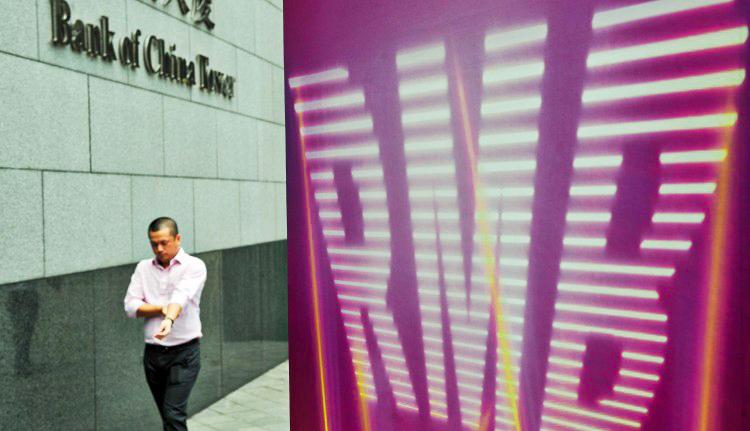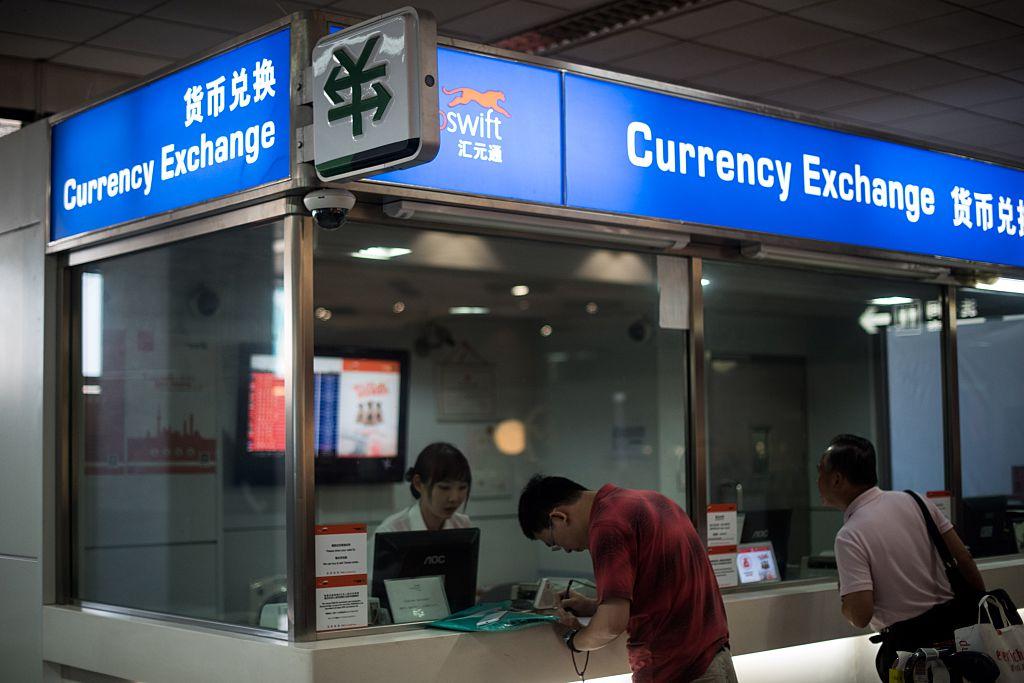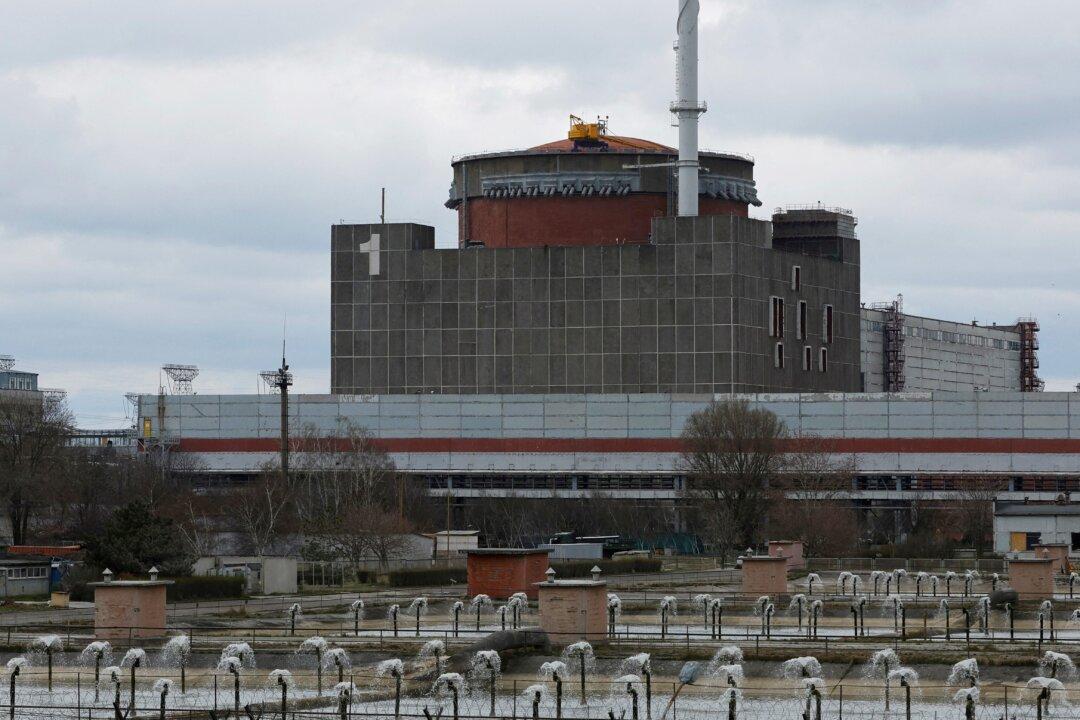The onshore exchange rate of RMB against the U.S. dollar stopped falling briefly on April 26 under the policy adjustment of the People’s Bank of China (PBOC), but continued falling to close at 6.6115 on April 28, down 546 basis points from the previous trading day. An expert believes that the RMB exchange rate is bound to break 7 in the coming year. An expert from a Chinese Communist Party (CCP) think tank has pointed out that it is difficult for the authorities to retain foreign investment by only stabilizing the exchange rate, which will result in a high level of foreign investment cashing out.
After the RMB exchange rate dropped for five consecutive days, the PBOC announced on the evening of April 25 it would lower the reserve requirement ratio (RRR) for foreign exchange deposits of financial institutions, that is, from the current 9 percent to 8 percent starting May 15. It was the first cut since the PBOC set up the reserve system in November 2004.





